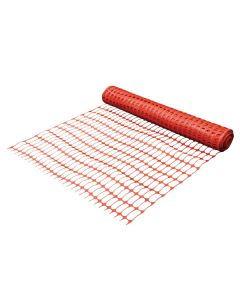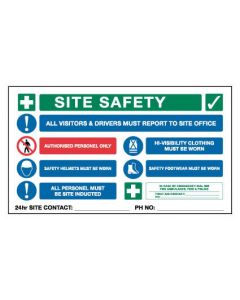Essentials for Safe Site Setup
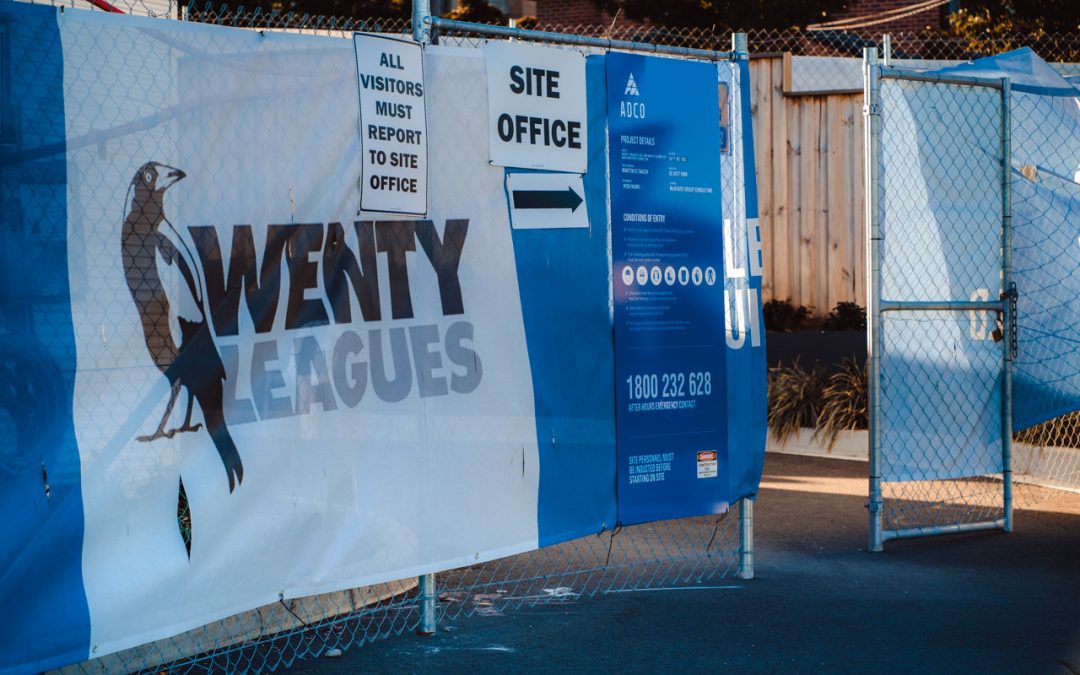
Jaybro's Guide to Safe Site Setup
Setting up a construction site involves a lot of planning, organising and supplies. Ensuring a site is set up safely is critical to ensure that you comply with WHS regulations. It also needs to be practical, allowing enough room for people and plant to move safely and easily around site so the project can be completed efficiently.
Here are some key things to note when setting up a new civil or construction site, and some supplies (all available from Jaybro!) that can make your life easier.
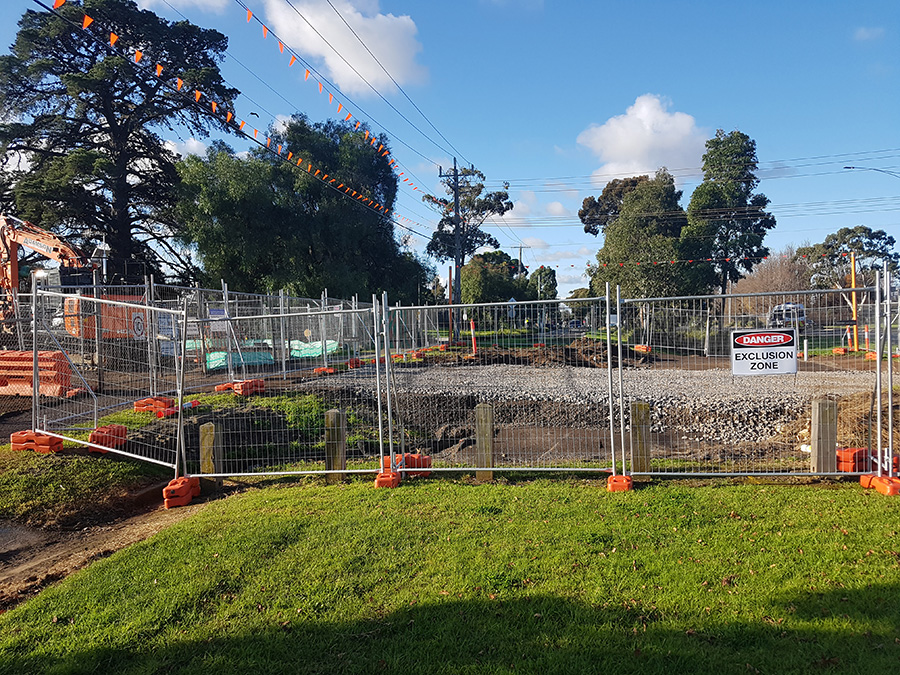 Perimeter fencing
Perimeter fencing
Installing temporary construction fencing is likely to be one of the first tasks at your new site. Fencing off the area from the public ensures security, safety and enables site managers to comply with their local WHS regulations.
Choose gates that are specifically designed for temporary fencing to ensure you have planned and signposted points of entry to site. This ensures that you can monitor who enters the site, and place your mandatory PPE signage in the relevant spot.
Jaybro recommends:
- Temporary fencing panels
- Shadecloth
- Construction site signs
Rope off danger zones
Often, unless you have a greenfield site that’s a blank slate, you’ll need to work around existing structures, services and infrastructure. Assets like drains, culverts, power poles, pits, overhead lines and protected trees need to be fenced off, marked or surrounded with barriers to draw attention to them and ensure they do not present a safety hazard.
Jaybro recommends:
- Tiger tails for marking electrical wires
- Safety flagging or bunting
- Barrier mesh
- Crowd control barriers
- Water filled barriers
Site Signs
A wide range of signage is important, showing messages for both the public and for workers. A construction site information sign will help you meet your safety obligations by displaying the site managers contact details, PPE messages and notes about site induction and general safety. Position this in a prominent position at the entry to your site. Using appropriate signage to mark exclusion zones, danger areas such as overhead services, open pits and deep excavations can make safety hazards more visible to your team.
Jaybro recommends:
- Construction site sign
- Deep excavation sign
- Mandatory PPE signs
- Site induction stickers
An organised site office
The site office or compound is the command centre of your project, therefore care and attention should go into setting it up so that your job runs smoothly.
Keeping the team informed of important notices on a whiteboard, displaying signage for first aid kits and keeping all your plans organised on a plan trolley are some easy ways to keep your site office in order. Your other important documents such as fire and emergency plans, traffic management plans, permits, policies and SWMS are most likely stored in your site office and they should be displayed prominently for your team to refer to as necessary.
Jaybro recommends:
- Site office sign
- Whiteboard
- Plan trolley
- Safety doc box
- Boot cleaner and hand sanitiser station
First aid and emergency response supplies
A fully stocked and maintained first aid kit is essential on any job. The number of staff you have working on site will determine how big your kit needs to be, and often you’ll need multiple kits including smaller vehicle or portable first aid kits, with a larger more comprehensive kit in the site office. Ensure you have a method for recording accidents and near misses too.
Responding quickly to emergencies can make a huge difference in the outcome, so be prepared for any eventuality with an air horn to attract attention, a spill kit for cleaning up any chemicals or fuel spills, and fire extinguishers appropriate for the substances on site. Remember that work vehicles are classed as a workplace and should always have a small fire extinguisher fitted.
Jaybro recommends:
- First aid kits and refills
- First aid signage
- Fire extinguishers
- Spill kits
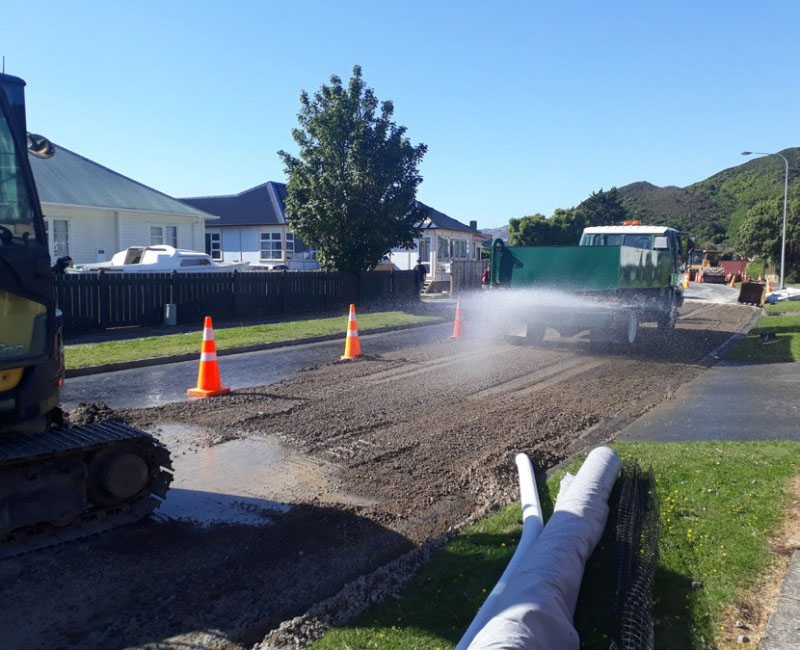 Dust control on site
Dust control on site
Managing your environmental obligations is critical to help you avoid potential EPA fines. Keeping silt, runoff, dirt and dust contained will ensure that your site activities do not impact on the surrounding community or the environment. Keep silt and sediment out of waterways with silt fencing and protection products like silt socks to surround drains. Dust needs to be managed on every site, but especially on large open sites that are subject to wind.
Adding a shadecloth or banner mesh product to your temporary fencing can help, and has the added bonus of providing branding and advertising to passers by. Installing silt fence in lower-lying areas, along margins and near water courses will keep pollution out of waterways and stormwater drains.
Additionally, if you are keeping large stockpiles on site you should consider wetting them with a dust suppression agent to reduce dust, or covering the piles with a temporary capping fabric such as mastaTEX Nonwoven geotextile.
Jaybro recommends:
- Silt fencing
- Branded fence mesh for displaying your logo
- Geotextiles for covering stockpiles
- Dust suppression formula such as Road-X2
Let us help you with site setup
Get everything you need all under one roof! Jaybro is leading the way in supply to civil, construction and infrastructure contractors. With 4 hour metro delivery, huge discounts for bulk purchases and a massive range, we can supply you with everything you need to get the job done.
This information is provided as an introductory guide only and does not constitute professional advice. Ensure you make your own independent enquiries at your workplace before deciding if a particular product is right for you. Consult the regulations and standards applicable to your area and check with your workplace health and safety representative for further information. Jaybro does not warrant the accuracy, content, completeness or suitability of the information on this site (or any site owned by the Jaybro Group) for your individual purposes. Any price or saving claim is correct at the time of publishing, and subject to change without notice.
 Sign In
Sign In 

